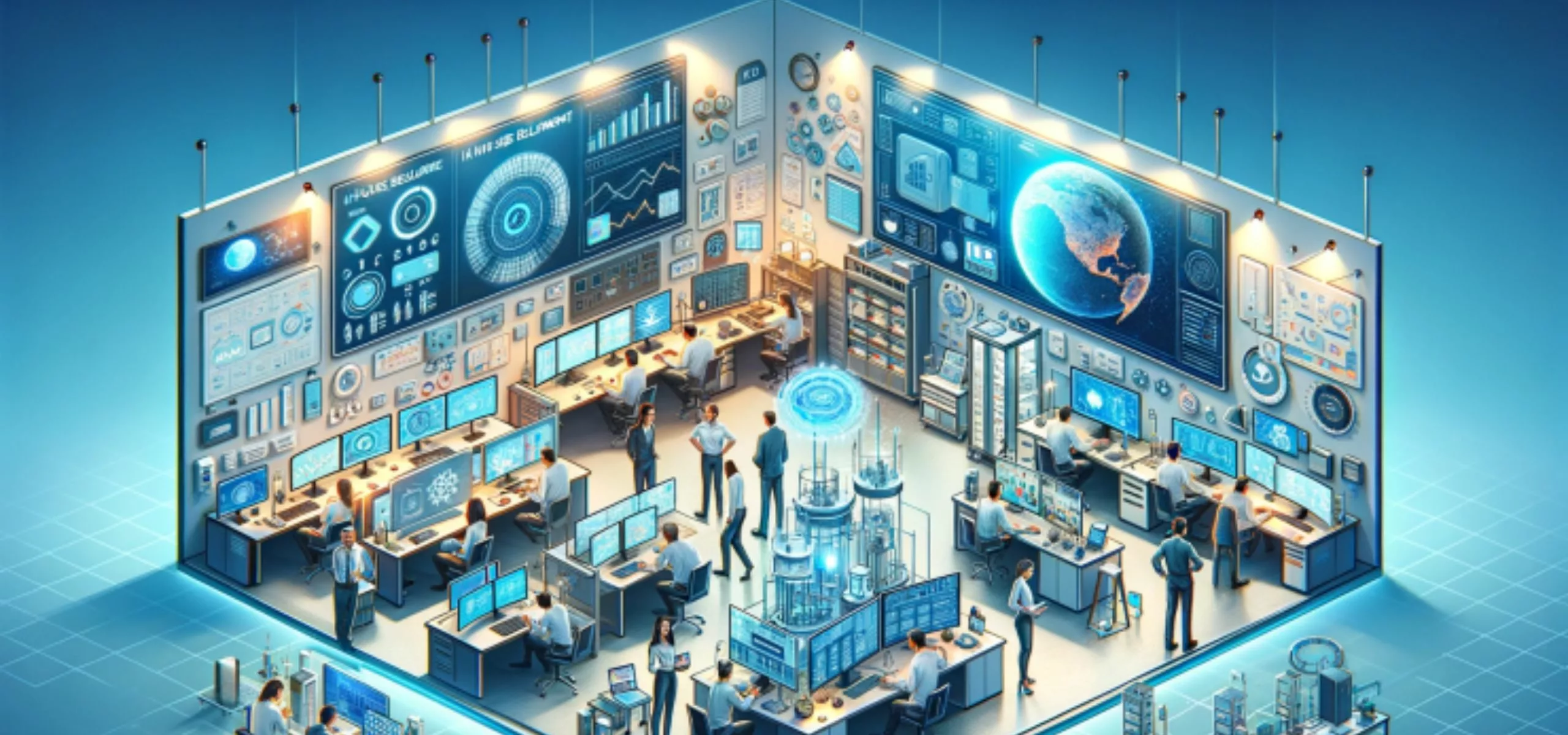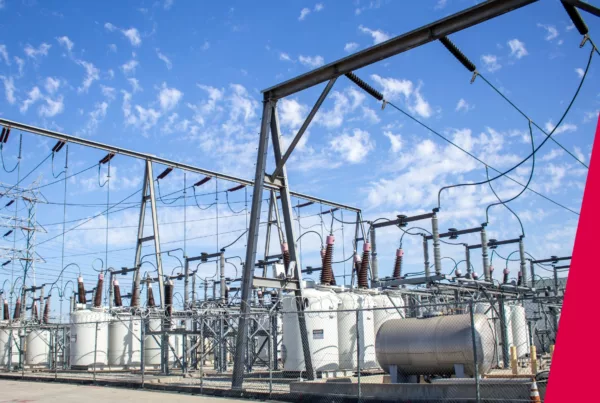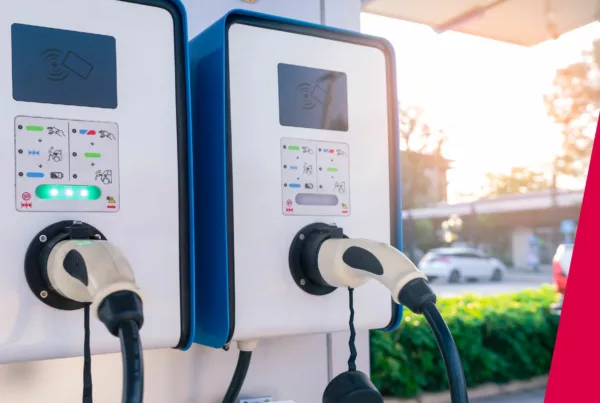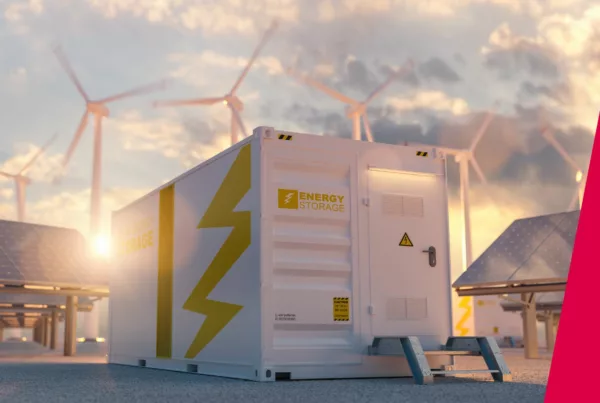Following up on my previous article on Demand Side Flexibility, I would like to discuss a pivotal decision facing energy aggregators: whether to develop their own IoT hardware or collaborate with an IoT partner. This choice can significantly influence the efficiency, scalability, and innovation potential of demand-side flexibility services.
Let’s explore the advantages of working with an IoT partner, contrasting it with the challenges of in-house hardware development.
1. Resources
– In-House Development Challenges: Developing your own IoT hardware demands significant investment in research and development, specialised knowledge, and continuous innovation. It requires a dedicated engineering team, ongoing investment in technology upgrades, and the agility to adapt to changing market demands.
– Benefits with IoT Partners: Partnering with an experienced IoT provider offers more than just technology; it opens the door to a pool of specialised expertise. These partners have dedicated teams that are continually innovating, allowing aggregators to leverage the latest advancements without the burden of developing them in-house. This collaboration can accelerate time to market for new services and ensure that solutions remain at the cutting edge.
2. Ease of Management
– The Burden of Self-Management: Managing IoT hardware internally means taking on full responsibility for its maintenance, including regular firmware upgrades, component replacements and compliance/certification as well as managing electronics supply chains. This can be resource-intensive and require specialized staff.
– Partner-Provided Advantages: An IoT partner relieves these operational burdens. They handle the technical maintenance, ensuring that the hardware is always up to date with the latest firmware and compliant with evolving industry standards. This outsourcing allows aggregators to focus on their core competencies, such as energy service delivery and customer engagement.
3. Expertise and High-Performance
– Expertise Gaps in DIY Approaches: Building and maintaining high-performance IoT solutions in-house often leads to challenges in keeping up with the pace of technological advancements and industry expertise.
– Leveraging Partner Expertise: IoT partners bring a wealth of industry experience and technological know-how. They provide high-performance, proven solutions tailored to the unique needs of demand-side flexibility, reducing risks and ensuring reliability. This expertise is invaluable for aggregators looking to scale globally and navigate complex commercial environments.
Conclusion
Choosing between developing in-house IoT hardware and partnering with an IoT provider is a strategic decision that impacts the trajectory of an aggregator’s business in demand-side flexibility. While in-house development offers control and customisation, the benefits of partnering – access to continuous innovation, ease of management, and expert guidance – often outweigh the challenges. As the demand-side flexibility landscape evolves, working with an IoT partner appears to be a prudent choice for those aiming for rapid scaling, reliability, and staying at the forefront of technological innovation.
In my next article, I will delve further into how to select the right IoT partner for your demand-side flexibility needs. Stay tuned!
Find out more
Keen to find out more? Connect with Cristina to discuss how IoT can revolutionise your energy management and demand response strategies.



